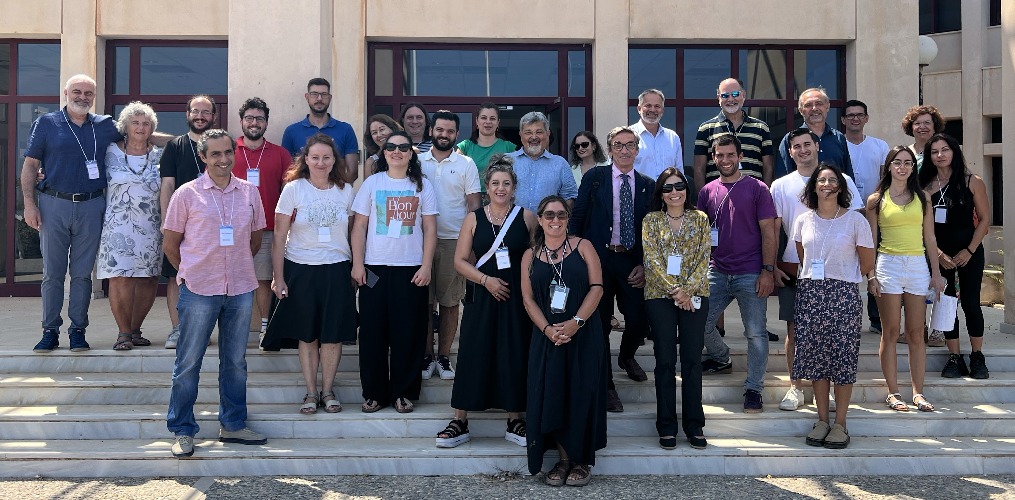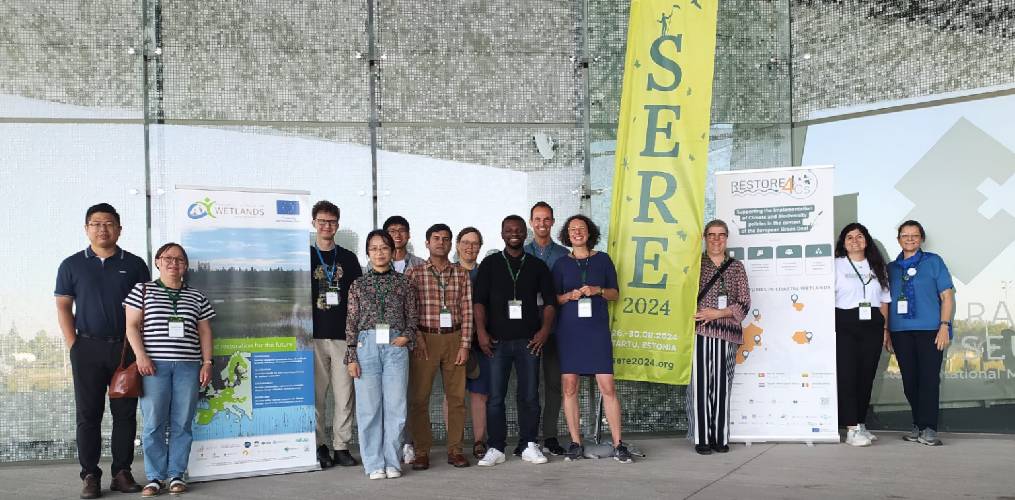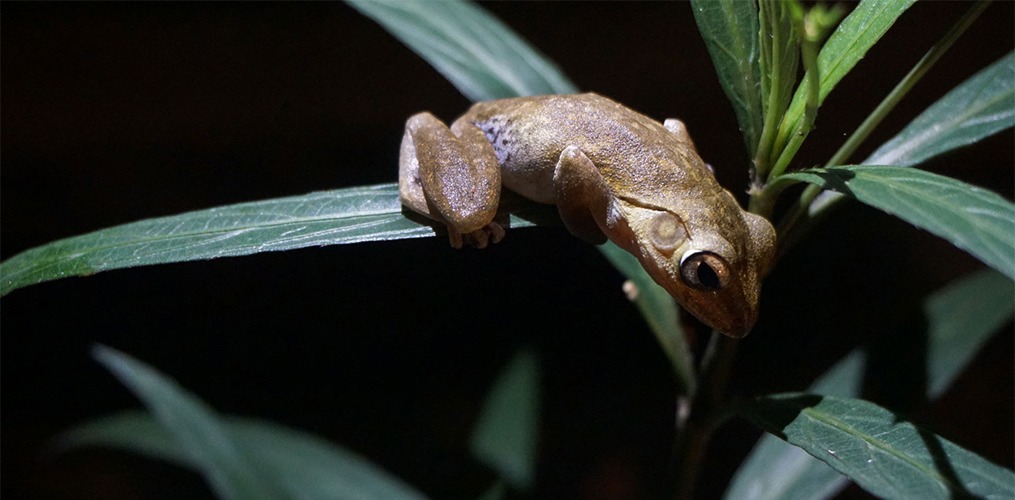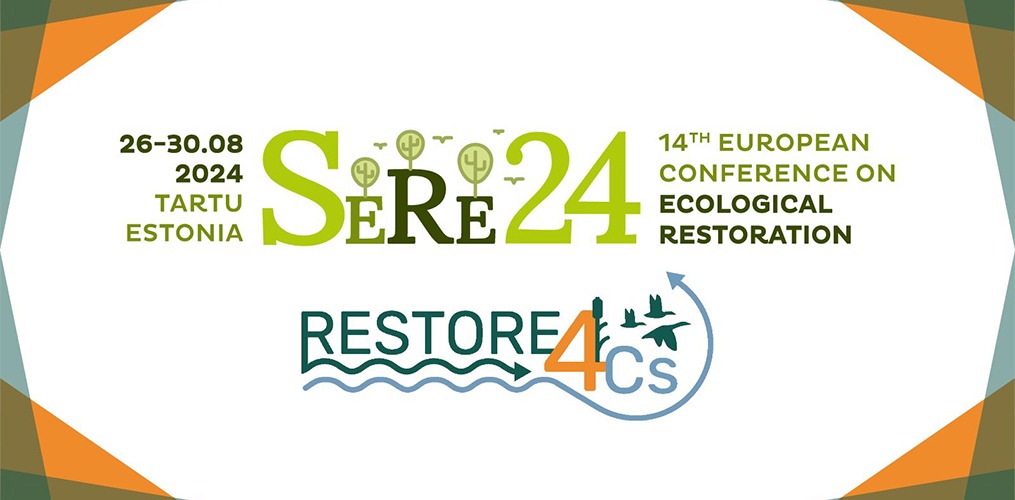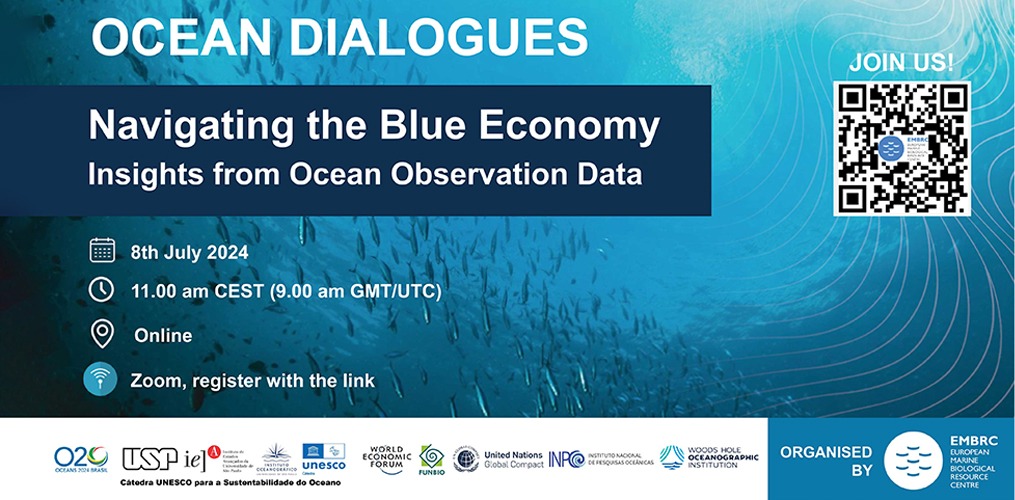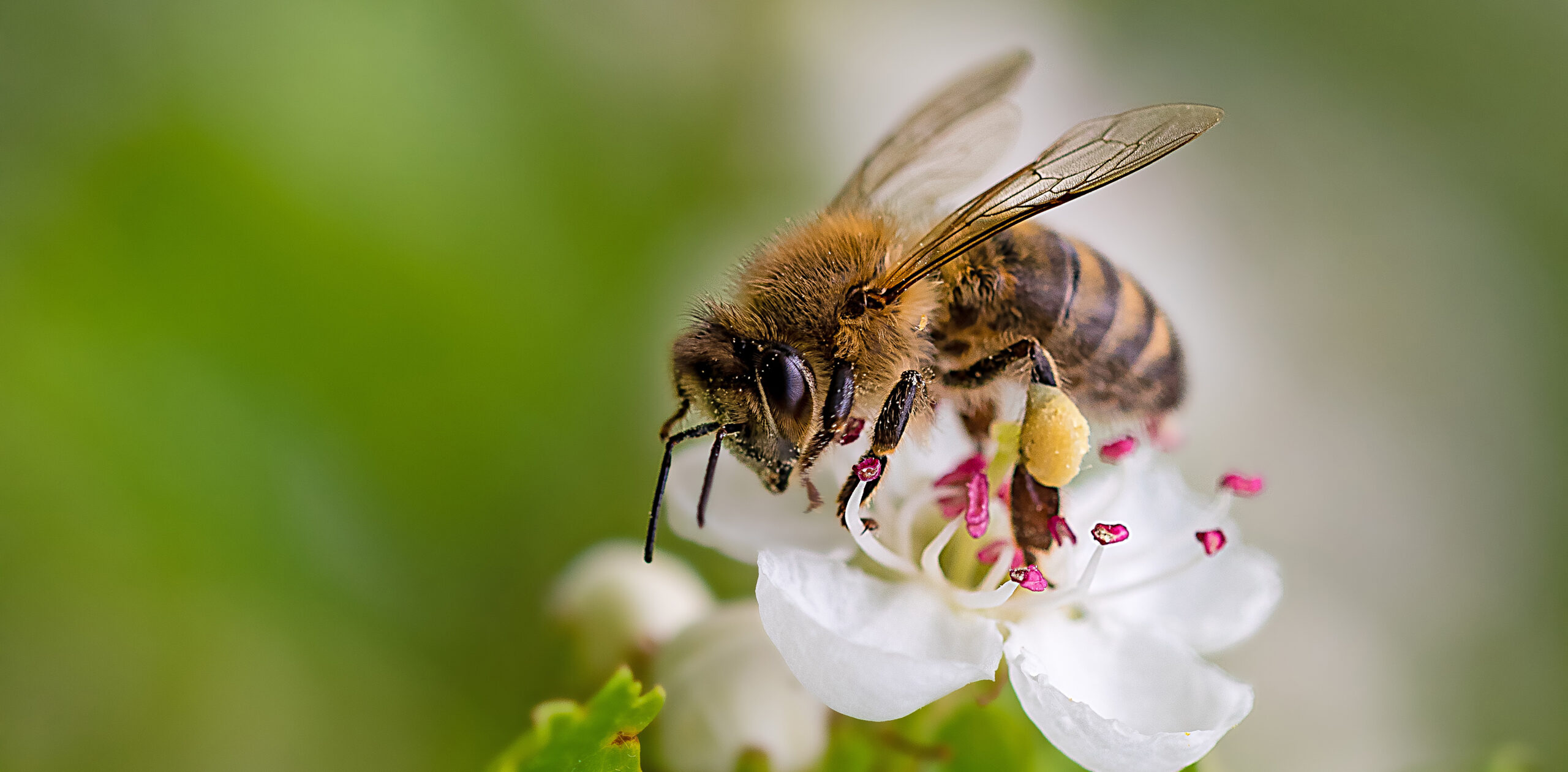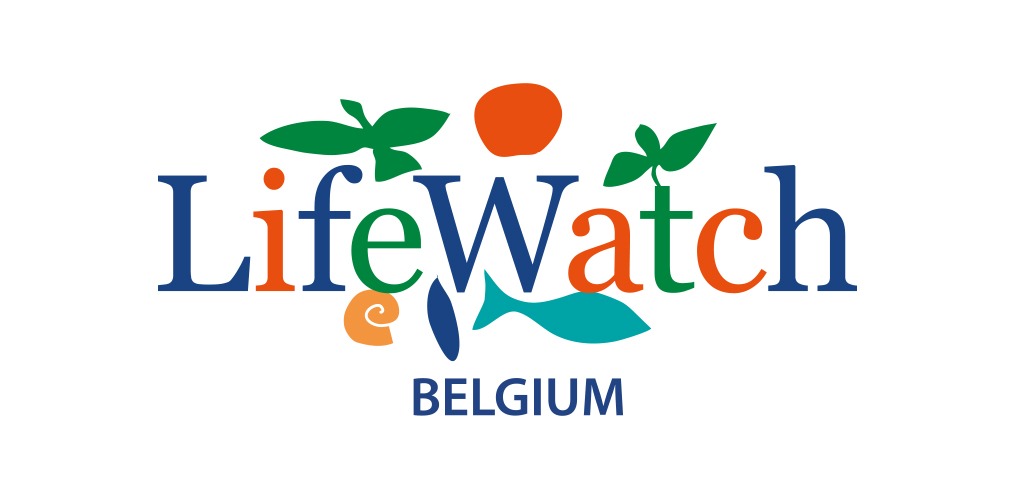The Marine Biodiversity and One Health Framework workshop, co-organised by LifeWatch Greece (GR) and the European Marine Biological Resource Centre Greece (EMBRC GR), took place on August 29th and 30th at the Hellenic Centre for Marine Research (HCMR) in Crete. The event brought together experts to discuss the intricate connections between marine biodiversity (and the entire interconnected ecosystem), and human health. Although alterations in the ecosystems often become perceptible only when it’s very late to intervene, these changes are occurring at high rates, with devastating impacts on society and health.
This has traditionally driven the approach of the One Health framework, and the workshop analysed recent advances in relation to the areas of interest of the framework, which include -omics, biodiversity and ecosystem research.
The event featured a range of sessions over two days. Key topics included the importance of research infrastructures in advancing the One Health framework, recent advancements in biodiversity and ecosystem research, and the role of aquatic microbial communities. Day one began with a series of presentations on biodiversity and ecosystem eScience, tackling topics such as data management/integration and FAIR principles, the soil microbiome, and the joint approach to medical and environmental eScience.
LifeWatch ERIC took part in the workshop showcasing its efforts in advancing biodiversity and ecosystem research from a European to a global scale. Christos Arvanitidis (CEO), and Alberto Basset (Interim Director), highlighted the organisation’s work on enhancing biodiversity and ecosystems eScience, providing an overview of how LifeWatch ERIC is leveraging cutting-edge technologies and infrastructures to support the One Health approach.
Moreover, LifeWatch ERIC’s involvement highlighted the importance of collaborative efforts in bridging regional, national, and international research initiatives to address the pressing issues of ecosystem health.
Day two of the workshop focused on marine biodiversity in relation to the One Health concept, exploring how microbial biodiversity can mitigate environmental stressors and prevent biodiversity loss, exploring the interconnectedness of microbiomes in extreme marine ecosystems and the potential of microbial interactions and networks.
The conclusion of the event was dedicated to data resources, infrastructures, and omics approaches, providing insights into knowledge discovery from global metagenomic data and the importance of Essential Biodiversity and Ocean Variables.
The workshop, chaired by Georgios Kotoulas, Tsigenopulos Constantinos, Nikos Kyrpides, Christina Pavloudi and Haris Zafeiropoulos, was a great opportunity for fruitful discussions on addressing the challenges of ecosystem and human health in a rapidly changing world.
For more details on the event, visit the event page on LifeWatch Greece: https://www.lifewatchgreece.eu/?q=content/marine-biodiversity-and-one-health-framework-workshop-hcmr-crete-29-30-august
